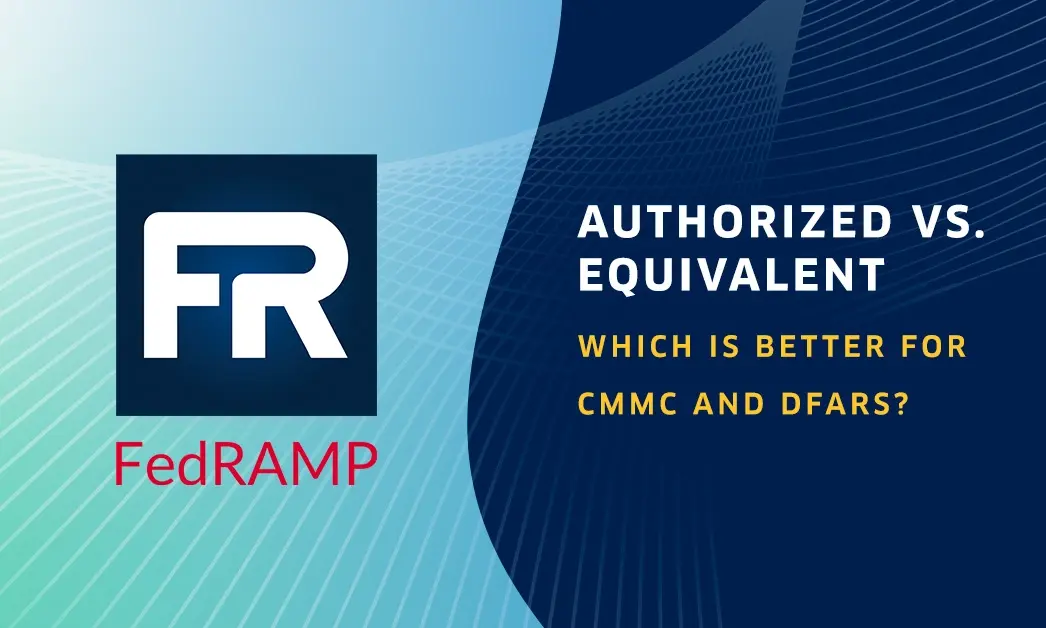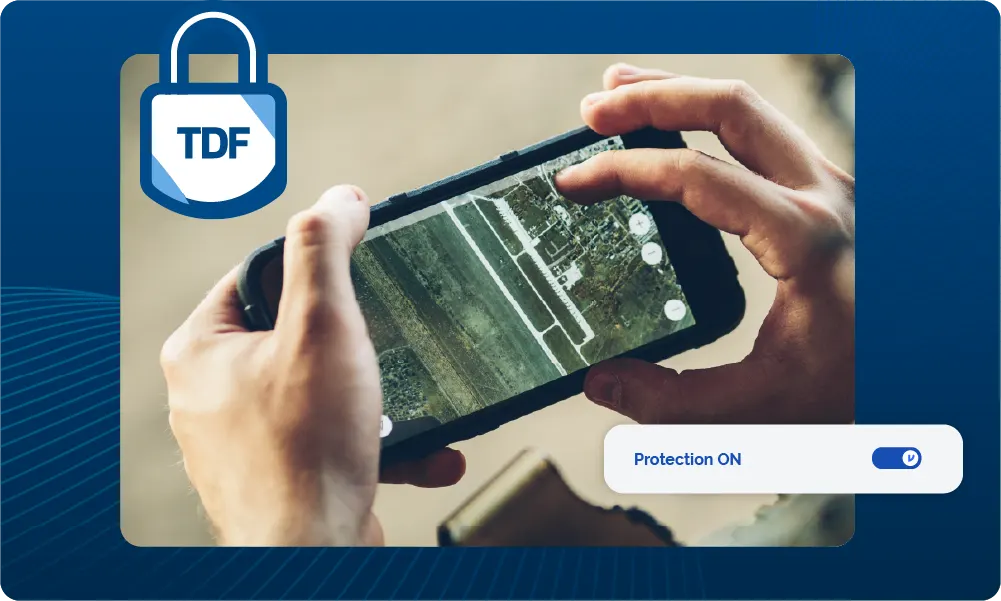Zero-Trust Manifesto: What Every Business Leader Needs to Know

Maybe you’ve heard of Zero Trust and are looking for more information. Maybe you’re simply looking for better ways to protect and run your business. Either way, this manifesto is for you: it’s an executive briefing on what Zero Trust is, why it matters, and how it can transform your company at every level—from data security to business administration.
The 30,000 Foot View: Defining Zero Trust
There is a lot of noise and competing definitions around Zero Trust. It’s become a security buzzword, with different companies promising that their product offers the ultimate in Zero-Trust technology. Unfortunately for both implementers and vendors like us, Zero Trust isn’t a technology solution but a security framework that encourages better user and device management and data protection. Technology just helps you implement and realize that Zero-Trust framework.
In simple terms, Zero-Trust “is primarily focused on data protection … and assumes the network is hostile and that an enterprise-owned network infrastructure is no different—or no more secure.” It’s a powerful way to think about IT security and user management because it represents a shift in outlook and a reshuffling of priorities: Zero-Trust architecture asserts that your default should be to mistrust all users and traffic.
Under a Zero-Trust model, all users, platform providers and network traffic are treated as potential threats. This includes your own employees and users so every user has less access to company data, and the access they do have is more precisely controlled—no longer does network access mean complete data access. This stringent security setup reduces the potential for data leaks, improves privacy and boosts visibility into user actions.
There’s a crucial point to understand here: Zero Trust isn’t just a security solution. It’s also a management tool. As such, a Zero-Trust framework has three main benefits:
- Increased user management capabilities.
- Improved data security.
- Improved visibility of devices and resources.
A Zero-Trust mentality also provides a useful lens through which to view organizational changes or modernization processes. This framework can guide efforts to modernize legacy IT setups so that security is done right the first time. Moreover, because it’s primarily a mindset rather than a piece of tech, you can implement a Zero-Trust framework on a timeline and budget that works for your business.
User Management for Zero Trust Environments
The Zero-Trust model stipulates that you limit user access to only the data or resources each user absolutely must be able to access in order to perform their job duties. When implementing this, you’ll need to incorporate granular access control systems and wrap security around your data. This increased access control means that you have full knowledge of what any user can see at any given time. You can revoke access as needed, and just as important, you can track which user is actually accessing which resources.
In other words, a powerful side effect of adopting a Zero-Trust strategy is the significant user management and access controls that come with it. With that increased control comes a reduced potential for data leaks, clearer insights into user activity and better data management practices.
Zero Trust Data Security
Of course, adopting Zero-Trust architecture also boosts the security of your data. In a Zero-Trust implementation you need to first establish where your data is, how sensitive that data is and the level of protection it currently has. You can then rank your information from most to least sensitive. Finally, prioritize the most crucial data and establish strong protection around that data with security measures like end-to-end encryption.
Think of one component of the Zero-Trust method as the process of wrapping your data in layers of protection. You start with the most vulnerable information and resources, then slowly shrink those protective walls until every individual data object is wrapped in its own layer.
There’s always more to be said on how Zero Trust can boost your company’s security. For a deep dive into the benefits of Zero Trust and some next steps to implement this framework, check out this blog post or work done by Forrester or other analyst firms.
A Zero-Trust Security Framework in Action
The next question is: what does Zero Trust look like in action? It’s a bit of a trick question. Because Zero Trust is a security strategy, the exact implementation process will vary across businesses. However, there are some guidelines and starting points that will be relevant for most organizations.
The NIST Draft SP 800-207 highlights implementations related to satellite facilities, multi-cloud environments, an enterprise with contracted services, and collaboration across enterprise boundaries; depending on what is the most urgent need of the organization, these may be good places to start. Tactically there are also some tools that can help an organization, regardless of which deployment model they choose to follow.
For instance, email is a common weak point in company security. It’s all too easy for a forwarded email to contain a sensitive attachment or for a phishing scam to catch an employee off-guard. A simple but effective first step toward Zero Trust is email protection. When you assume that email will be a security risk, you can take effective steps to mitigate that risk. The best email encryption services will also enable access controls, such as disable forwarding, email expiration dates, watermarking, persistent file protection, and revoke access.
Another easy first step is multi-factor authentication, which requires users to go through an extra step to prove their identity when logging in. By removing that layer of trust and raising the bar for user verification, you reduce the risk of unauthorized parties accessing your resources, especially if this authentication is continuous.
Finally, one of the most comprehensive ways to achieve Zero Trust is by encrypting and limiting access to your data. This step is also where you’ll see the biggest payout in management functionalities because you’ll have full control and clear insight into how your users interact with your data. You’ll gain a better understanding of user behavior, where access attempts occur and which data is the most valuable.
However you approach Zero Trust, the key is to implement layers of security so that even if one protective barrier is breached, your data remains safe. Ideally, you should shrink those security perimeters down to each individual data point. By basing your security updates on the concept that all activity is a potential threat, you’ll insulate your system and increase control over user activity.
Ready to learn more? Check out this whitepaper on Zero Trust architecture for a deep dive into everything you need to know about this security method.










